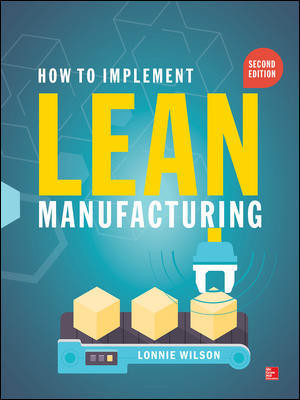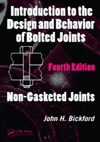Most assembly plants use compressed air to power actuators, grippers, tools and other equipment. The source of that "free" power, the compressor, is housed in its own room in an isolated corner of the plant, out of sight, out of mind.
Unfortunately, that lack of visibility often leads assemblers into costly mistakes, warns Roger K. Baker, a senior engineer with ComEd (Oakbrook Terrace, IL), the electrical utility serving northern Illinois. When a compressed air system has trouble meeting the demand for air, plant management typically tries to solve the problem by raising the air pressure, installing another compressor, or adding air storage.
"These are Band-Aids," says Baker. "They may mask the problem, but they won't solve it. Invariably, the plant winds up with more capacity than it needs, which can be very costly."
A better approach, says Baker, is to re-evaluate the entire system, starting with all the devices that consume air and moving backwards all the way to the compressor. If the compressor does need to be replaced, or if an extra compressor is needed, assemblers should carefully consider all the options for compressors and controls.
There are four main types of compressor: rotary screw, reciprocating, rotary vane and centrifugal. Rotary screw compressors, ranging in size from 30 to 200 hp, are the most popular for assembly plants.
"During the past 5 years, there's been a shift from reciprocating compressors to rotary screw compressors," says Shawn Chambers, regional manager for sales and service at Ingersoll-Rand Air Solutions Group (Davidson, NC). "Rotary screw compressors are smaller, quieter and more reliable. And, with today's control systems, they can handle varying demand."
A rotary screw compressor has male and female screw rotors that mesh, trapping air. As the rotors spin, the enclosed volume gets smaller and smaller, increasing the pressure of the air trapped inside.
Among rotary screw compressors, assemblers have several choices: lubricant-injected vs. lubricant-free; air-cooled vs. water-cooled; and single-stage vs. multistage.
In a lubricant-injected compressor, a synthetic oil is injected into the compression chamber during operation. Besides lubricating the rotors and bearings, the oil dissipates heat and creates a seal between the rotors and the chamber. However, the air leaving the compressor contains aerosolized oil, which must be removed at various points throughout the compressed air system.
Lubricant-free compressors don't have this problem. Some models substitute water for the lubricant. Others run dry. Lubricant-free compressors are more expensive and less efficient than lubricant-injected models, but they may be necessary for applications that cannot tolerate any exposure to oil, such as spray painting, electronics assembly and medical device assembly.
Because pressurizing air creates heat, the compressor must be kept cool. Air-cooled compressors dissipate heat through ambient air circulating around the compression chamber and heads. Water-cooled compressors rely on water jackets surrounding the compression chamber and heads.
A single-stage compressor pressurizes air in one operation. A multistage unit pressurizes air in two or more sequential operations. Individual stages can be mounted side by side, or they can be mounted in tandem, with the second stage driven directly from the rear of the first stage. "A two-stage compressor is more efficient than a single-stage model," says Baker.
When choosing a compressor, engineers should first determine how much air, in cubic feet per minute, their facility consumes in a day. Adding a safety factor of approximately 25 percent will give the compressor time to rest. If the plant runs multiple shifts, engineers should measure air consumption by shift. If there's a large difference in air consumption between shifts, assemblers may want two compressors: a primary unit and a secondary unit to provide the additional air.
"It's usually better to have two small compressors rather than one big one, so you don't put all your eggs in one basket," says Chambers.






